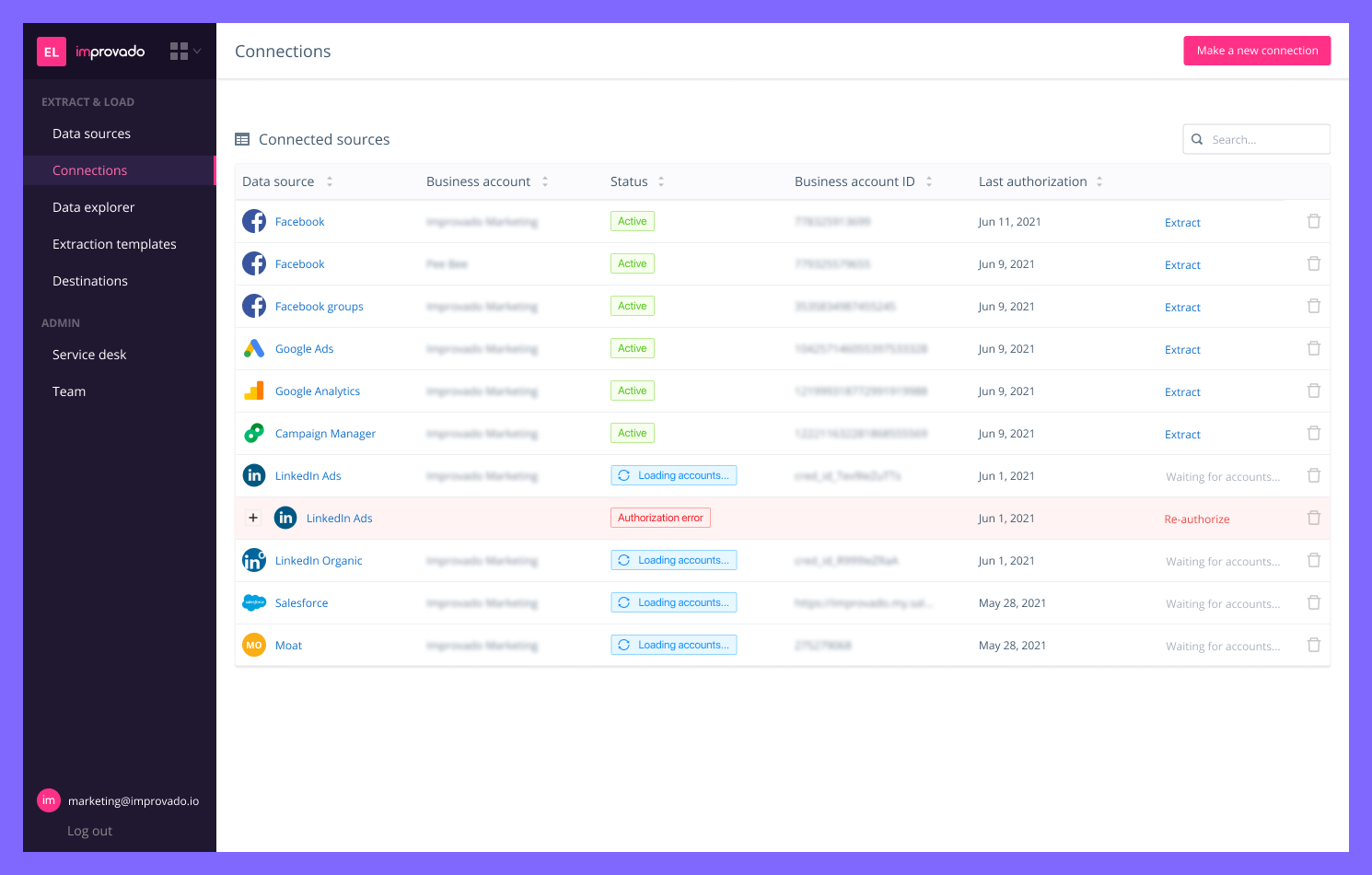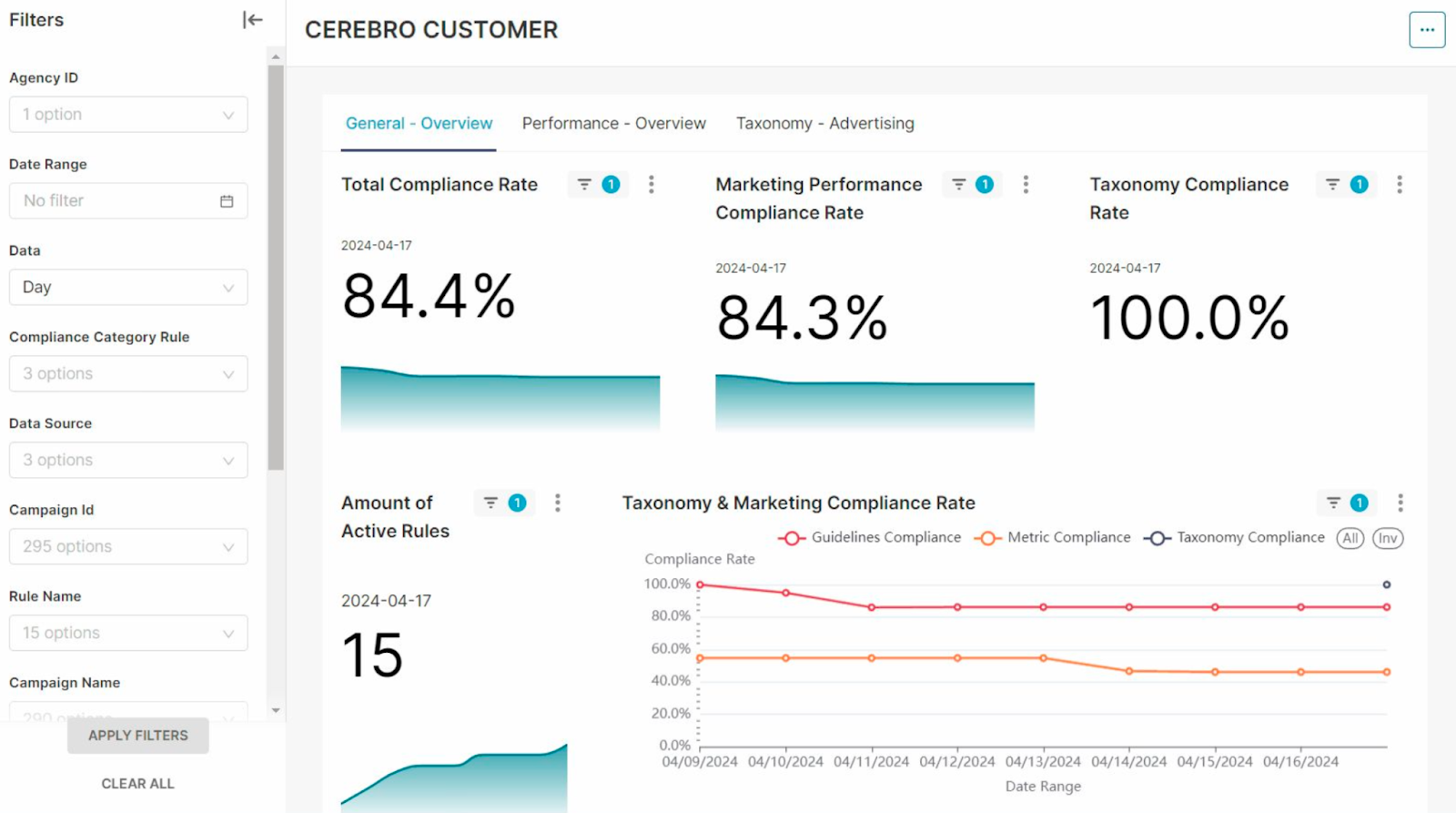Efficient customer data collection is crucial for ecommerce businesses aiming to enhance customer experiences, boost sales, and remain competitive. This article explores practical strategies to improve data collection processes, ensuring the gathering of relevant, actionable insights. By understanding the types of data to collect, overcoming common challenges, and implementing best practices, ecommerce businesses can make data-driven decisions that drive growth and customer satisfaction.
What We Mean by Customer Data
Before diving into methods, it is essential to understand what customer data is and types of data are most valuable.
There are several types of customer data, each offering unique insights:
- Personal data: This includes identifiable information such as names, email addresses, phone numbers, and physical addresses. Personal data is essential for creating personalized marketing campaigns, improving customer service, and facilitating direct communication with customers.
- Behavioral data: Behavioral data tracks how customers interact with an e-commerce site, including page views, clicks, browsing patterns, and time spent on various pages. This data helps in understanding customer interests and preferences, allowing for tailored marketing strategies and improved user experience.
- Transactional data: This type encompasses information about customer purchases, such as order history, transaction amounts, payment methods, and purchase frequency. Transactional data is valuable for analyzing sales trends, identifying high-value customers, and optimizing inventory management.
- Engagement data: Engagement data includes metrics from interactions across various channels like social media, emails, and customer service interactions. It helps in assessing the effectiveness of marketing campaigns, customer satisfaction, and engagement levels.
- Demographic data: Demographic data covers attributes such as age, gender, income level, and education. This data is crucial for market segmentation, allowing businesses to target specific customer groups more effectively and develop targeted marketing strategies.
Why Collect Ecommerce Customer Data?
Customer data collection is essential for several reasons.
It enables businesses to personalize marketing efforts, improving the relevance and effectiveness of their campaigns.
By understanding customer preferences and behaviors, companies can tailor their messages to individual needs, enhancing customer satisfaction and loyalty and increasing revenue.
Overall, ecommerce data collection enables businesses to make informed decisions across various functions, from marketing and sales to operations and finance. This leads to more effective strategies and improved business outcomes.
Ecommerce Data Collection Challenges and Solutions
Effective data collection in ecommerce is not without its challenges. Here are some common challenges and practical solutions to address them.
1. Data Privacy Concerns
Collecting and storing customer data comes with significant privacy concerns, especially with regulations like GDPR and CCPA. These regulations impose strict requirements on how personal data is collected, stored, and used, and non-compliance can result in hefty fines and legal consequences.
Solution
In this case, marketing teams must work with their IT departments to implement robust security measures, such as encryption, secure data storage solutions, and regular security audits. Robust security measures must be implemented both internally and externally, meaning all marketing analytics and other MarTech tools that process protected data must comply with regulations.
An additional solution to data privacy concerns is to adopt a data minimization approach. Collecting only the data necessary for specific marketing purposes is a best practice that minimizes privacy risks. Evaluate your data collection processes to ensure they are not collecting excessive or irrelevant data, which can increase the risk of data breaches and regulatory scrutiny.
2. Data Integration Issues
Integrating data from varied ecommerce and marketing sources into a unified dataset is complex and time-consuming. Different systems often store data in varying formats, making integration difficult.
For example, in Shopify, the metric for total sales is referred to as Gross Sales, which includes discounts and returns in its calculations. Conversely, on Amazon, the equivalent metric might be called Net Sales, which automatically excludes discounts and returns.
Solution

Improvado provides over 500 pre-built data connectors.
Use data integration and analytics solutions like Improvado to centralize and normalize data from various ecommerce platforms and marketing tools. Improvado provides over 500 data source connectors, including Amazon, Shopify, popular ad and social media platforms. Once the data is collected, Improvado maps and normalizes the data to prepare it for further analysis and pushes to the destination of your choice.
Overall, the platform ensures that data is analysis-ready and provides a comprehensive view of customer interactions.
3. Ensuring Data Accuracy
Ensuring data accuracy is a critical challenge for ecommerce companies. Inaccurate or missing data about customers, their contact information, and goods can negatively affect shopping experiences and the profitability of ecommerce.
Solution
Implement data validation and cleansing processes to ensure data accuracy. Regularly update and maintain data to keep it current. Use automated tools to detect and correct data errors, and establish data governance practices to maintain data quality over time.

The integration of automated solutions can significantly ease the process of data validation and refinement. Marketing Data Governance is an AI-powered campaign management and data governance solution that automatically validates the consistency of your data and alerts you of any anomalies and data discrepancies.
As a campaign data management solution, Marketing Data Governance simplifies monitoring of every component of complex marketing campaigns, including branding, targeting, and key metrics. For instance, the tool can track and alert you when a Google Ad, Meta or DV360 campaign exceeds target CPC, CPL, or other KPIs.
The platform is powered by AI, which enables you to set all business and operational guidelines in plain language.
4. Managing Large Volumes of Data
As e-commerce companies grow, the volume of data generated from customer interactions, sales transactions, and marketing campaigns increases exponentially. Handling large volumes of data can be overwhelming and may require significant resources to process and analyze.
Solution
Use scalable data storage solutions and cloud-based platforms to manage large data sets efficiently. Employ data analytics tools and AI-driven platforms to process and analyze data quickly. Focus on collecting relevant data that aligns with business goals to avoid data overload.
5. Extracting Actionable Insights
As ecommerce collects extensive data from customer interactions, sales transactions, and marketing activities, the volume can quickly become overwhelming, which in itself makes it difficult to identify relevant patterns and trends.
Additionally, data is often stored in disparate systems and formats, complicating the process of creating a cohesive dataset for analysis. Without the ability to efficiently integrate and analyze this data, companies struggle to derive meaningful insights.
Solution
Utilize advanced analytics tools and platforms that offer AI-driven insights and automated reporting.

Improvado AI Agent is a conversation analytics and self-service BI platform that enables seamless data exploration, analysis, and visualization through commands in plain English. This quick and easy access to insights encourages ecommerce businesses to rely on data in their decision-making more often.
How to Improve Ecommerce Customer Data Collection
Improving ecommerce customer data collection involves a systematic approach and the implementation of best practices to ensure the accuracy and relevance of the data. Here are the exact steps and best practices to enhance customer data collection in ecommerce.
Step 1: Define Data Collection Goals
Start by clearly defining what data needs to be collected and why. Understanding the business goals and how the data will be used is crucial.
For example, if the goal is to improve personalized marketing, focus on collecting data related to customer demographics, purchase history, and browsing behavior.
Step 2: Implement Comprehensive Tracking Systems
Use ecommerce analytics tools like Google Analytics and Adobe Analytics to track customer interactions on your website. Set up tracking for key metrics such as page views, time spent on pages, and conversion paths. Implement event tracking to monitor specific actions like button clicks, form submissions, and product views. Regularly review these metrics to identify patterns and areas for improvement.
Integrate custom conversion and even tracking data to your revenue attribution. This granularity helps in understanding the contribution of each touchpoint to the broader conversion path.
Step 3: Leverage Customer Segmentation
Segment your customer data based on demographics, purchase history, and behavior. This allows you to personalize marketing campaigns and product recommendations, increasing relevance and engagement.
Step 4: Leverage Social Listening Tools
Use social listening tools to collect and analyze customer data from social media platforms. These tools can capture customer sentiment, track brand mentions, and identify emerging trends. Integrating social listening data with other customer data sources provides a more holistic view of customer preferences and behaviors.
Step 5: Monitor Customer Journeys
Implement customer journey analytics to track and analyze the various touchpoints a customer interacts with before making a purchase. Understanding the customer journey helps identify key moments of influence and optimize marketing strategies accordingly.
Conclusion
Ecommerce businesses now have access to an immense amount of data, from transactional records to social media interactions, and can trace customer journeys down to their first click. However, the sheer volume of data doesn't automatically translate into valuable insights. One error in data collection can skew insights and derail strategies based on those flawed findings.
Ecommerce businesses must invest in robust data quality management. This ensures the accuracy and reliability of the data they collect, enabling them to turn raw information into actionable insights that drive effective strategies and ultimately enhance business performance.
.png)



.png)
